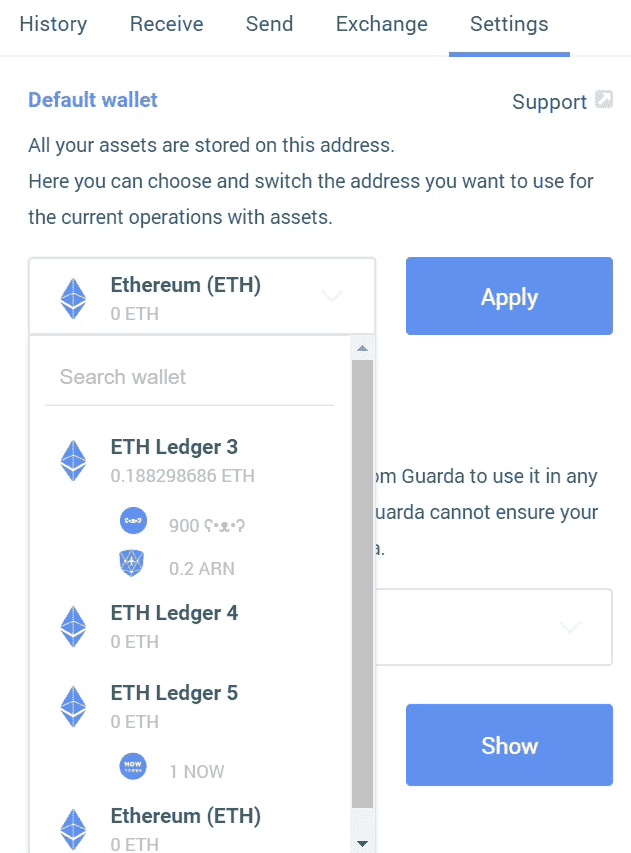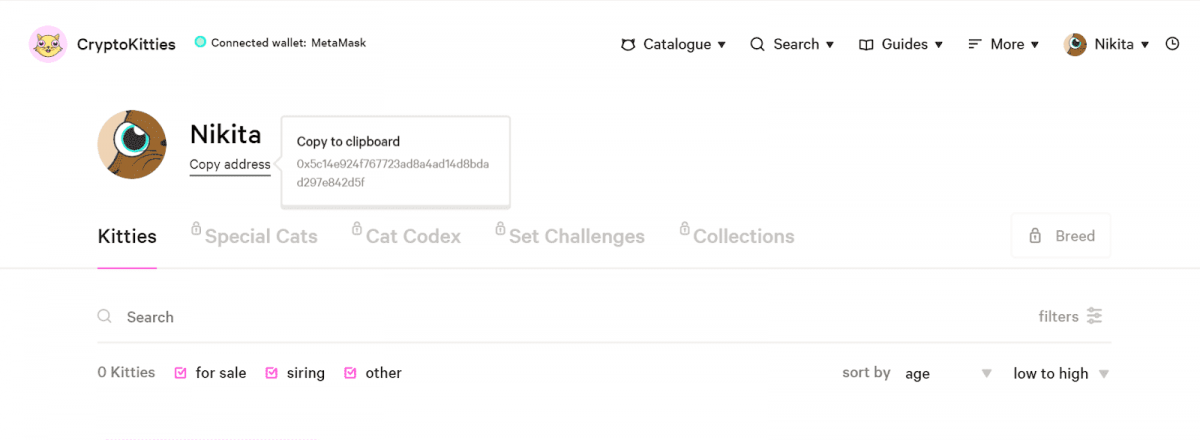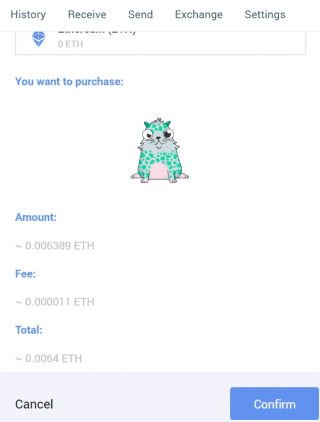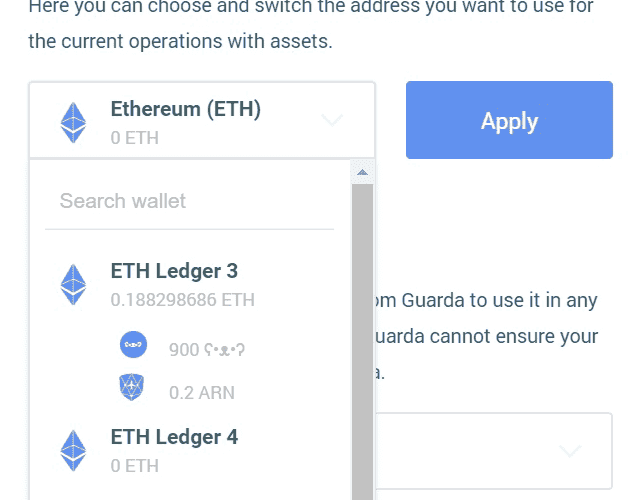As all those interested in the crypto economy know, dApp stands for “decentralized app”. The main difference between apps and dApps is very easy to understand. Conventional applications we use so often – ranging from TikTok and Instagram to a mobile banking solution likely installed on your phone – are tied to a single entity able to exercise complete control over it. Correspondingly, their backend code is supported by a centralized system with associated servers. dApps mean a different matter.
Unlike with classical apps, not everyone can instantly explain what “dApps’ are. This fact notwithstanding, most of us are already familiar with dApps, at least if they know such phenomena as Tor or BitTorrent. Their main feature is that they function on the basis of ‘dispersed’ or ‘decentralized’ systems, i.e. P2P and Blockchain. As an outcome, they cannot be controlled by a single player, which is good for transparency and control over your digital business.
dApp Tech Details
Once again, dApps’ backend code, i.e. smart contracts, is always independent. This is the whole point. At the same time, their frontend part and UIs can be coded in any language. All that is required from them is to be capable of being properly connected with their corresponding backend (this fact notwithstanding, it is still possible to host their frontend parts via decentralized storage solutions).
What can dApps provide their users with? Normally, their most important characteristics include:
- Decentralization, which implies that no individual or group can arbitrarily administer and control them
- Open-source-base, which indicates that they are easily available and can be smoothly redistributed
- Deterministic character, which means that the same action performed across various nodes (i.e. PCs or linked gadgets) generates the same outcome. Hence, the same functions are performed regardless of the digital surroundings where they are subject to execution
- Isolation, which means that even if a particular smart contract does have a problem with bugs, this fact will not hinder the regular functioning of the entire blockchain-based network.
Why dApps Matter: DeFi
In Evercode’s case, the most important aspect is the interconnection between dApps and business. Namely, it is all about DeFi, known as ‘Decentralized Finance’.
Once again, dApps are essentially web-based tools built on a blockchain basis. Via a suitable blockchain, say, Ethereum, one can craft applications that would combine the very three properties every digital asset holder would approve.
First, they are trustless. That is to say, they do not presuppose any form of participation or authorization provided by centralized external parties, such as banks, regulators, and monitoring services. Second, they are transparent, so that every transaction or action can be seamlessly and freely viewed and assessed by other participants. Third, they are immutable, which means that all records are stored and therefore protected by the blockchain. As a result, they cannot be altered.
dApps can be applied to render any sort of services on the web, be it file-sharing, social media, recreation activities, etc. However, the most popular way of applying them now is decentralized finance.
In conformity with the aforementioned assumptions, DeFi is notable for its:
– Absence of required third-party authorizations
– Independence from banks whose influence is ever-increasing
– Open access with unprecedented “machine-fueled” trust
– Capabilities to earn digital assets in flexible ways
– Greater openness to innovation and service improvements
– Entrusting the control over DeFi solutions to customers as a whole
In the light of these features, DeFi is getting more and more popular in contrast with rigid and inert banking institutions.
dApp and DeFi Market
The DeFi market began to skyrocket in the spring of 2020, exceeding 1 billion US dollars in May. Its peak, so far, has been observed in May 2021, with an almost 89 billion US dollar market capitalization. Even though it has plummeted since then, there is no doubt that there are new heights awaiting us. On top of that, as late as July 2021, dApps had over 1.4 million unique users daily. This watermark signified a 23.72% increase in comparison with June.
As one of the Forbes’ contributors remarked, ‘the DeFi movement was born out of a mission to bank the unbanked, or at least hard-to-bank’. No matter how ambitious and overreaching this may sound right now, such a perspective looks realistic already.
Right now, in September of 2021, the industry is dominated by Ethereum dApps. Take a look at some stats below. This blockchain offers 2841 dApps globally, with over 90 000 daily users. To make this leadership obvious, one can cite Ethereum’s closest competitor, EOS: with 331 dApss and 54 000 users. The situation may change very soon, however, as of now Ethereum is still the leader.
Evercode’s Place in the Landscape
The potential of Evercode Lab in this respect is best described by how quickly we got adjusted to the changing requirements and helped the Guarda wallet’s Chrome extension to get properly integrated with the Ethereum dApps back in 2019.
Below you can find some crucial project details:
Project duration:
1 month (2019)
Technology stack:
React.js, Redux.js, Node.js, Web3.js
Blockchain project specs:
About the blockchain project:
What we dealt with was Guarda’s Chrome extension. As of now, it serves as a solution enabling its users to get access to the Ethereum-based dApps directly in the browser. On the other hand, it can securely be used as a regular cryptocurrency wallet functioning as a simple browser extension. The Evercode Lab team made it all possible.
Project task:
Evercode’s main mission was to ensure fast yet convenient interactions with the Ethereum blockchain while using dApps. Hence, this extension was expected to become a “link” that could allow running dApps without the need to launch the Ethereum node on one’s PC or other device.
As such, it would in turn make it possible to process a payment or to make purchases via Guarda as a simple Chrome app.

This tech challenge was fully resolved.
To substantiate this claim, let’s imagine the process of interaction between the extension and a popular dAapp service, CryptoKitties.

After a successful registration, one can connect Guarda’s Chrome extension. After that, users can perform all of their crypto operations via this service.

The Guarda extension will “cooperate” with other dApps, like CryptoKitties, in the same way. Thus, this extension is an effective tool for work with decentralized applications, for example, Ethermon, OxGAMES, IDEX.
Hence, as early as 2019, the Evercode Lab team proved itself to be 100% for the ascendance of the dApp era. Contact us with your dApp project so that we can prove it with you again!
